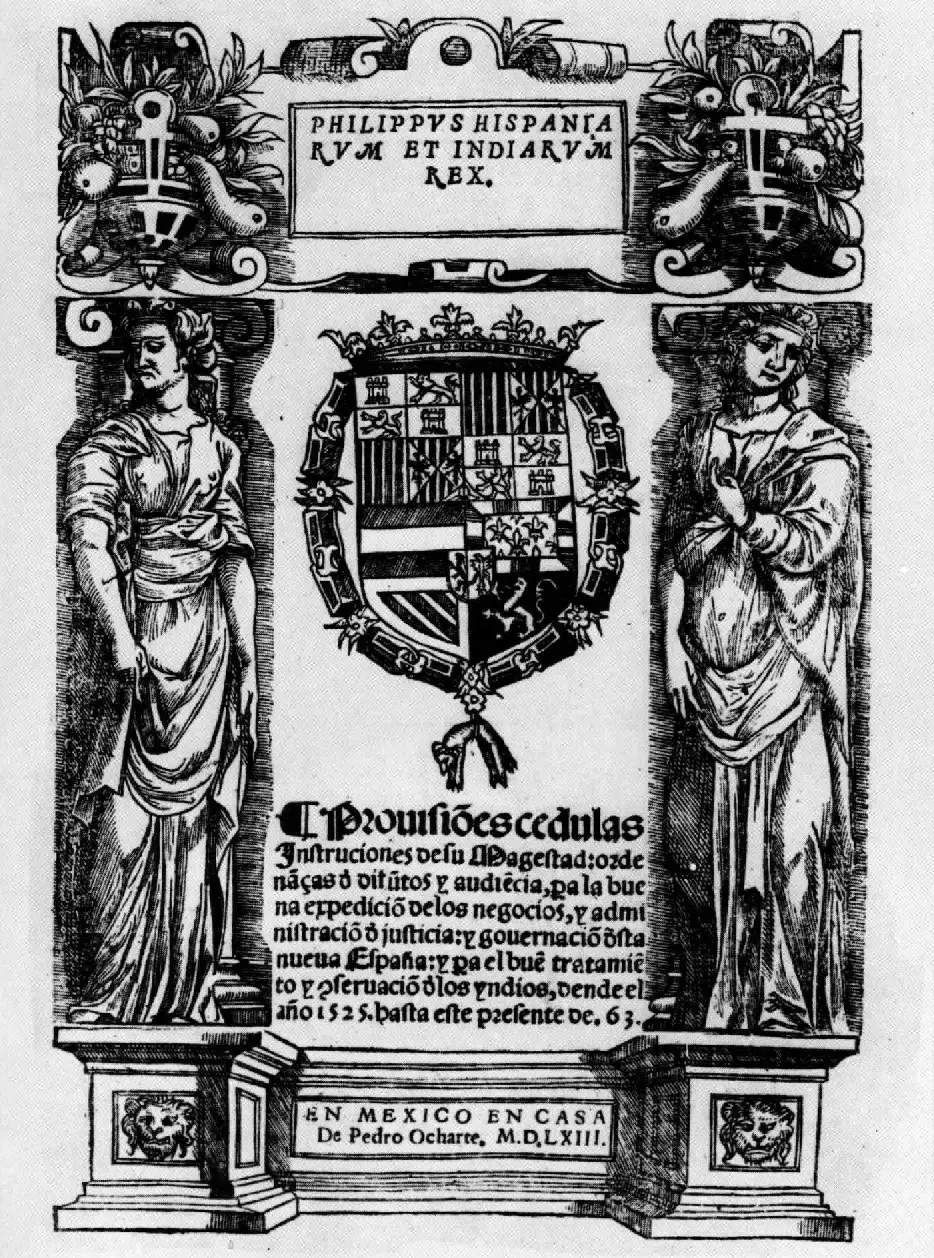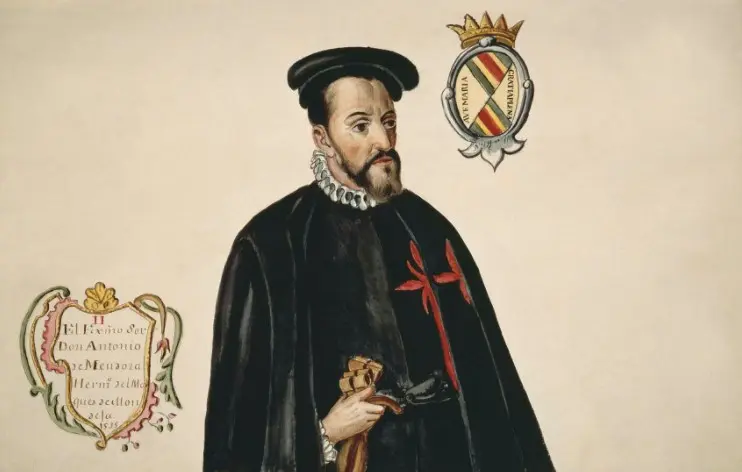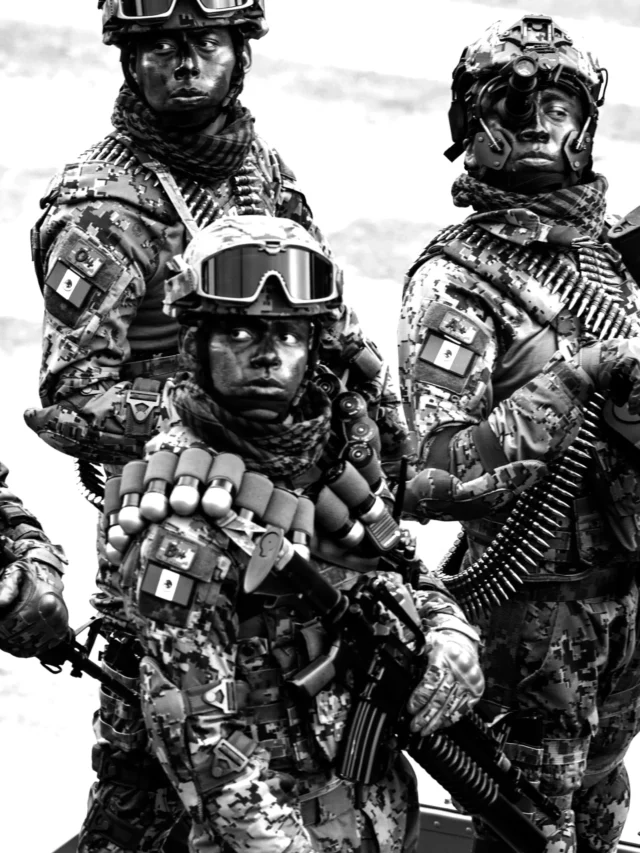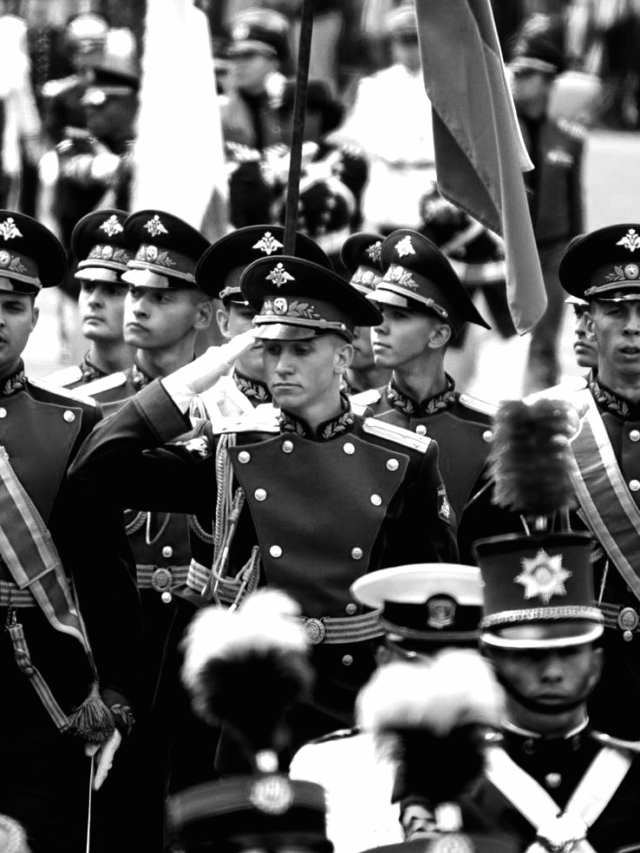You can also listen to this article in the following audio:
During the viceroyalty of New Spain, the figure of the viceroy was one of the pillars of the government apparatus imposed by the Crown of Castile. He represented the monarch in America, concentrating an enormous amount of powers, but at the same time he faced restrictions imposed by other authorities and had to deal with a complex web of political tensions. In this article we explore the scope of his functions, the limits to his power and the disputes that arose around his figure.
The functions of the viceroy of New Spain: power delegated from the peninsula
The viceroy of New Spain was, in theory, the direct representative of the king. He had an authority that encompassed political, military, judicial, fiscal and ecclesiastical matters. He was entrusted with tasks such as:
- The application of the laws and royal decrees.
- The administration of justice in coordination with the Royal Court.
- Control of the armed forces and defense of the territory.
- Supervision of the secular clergy and, in part, of the regular clergy.
- The collection of taxes and the administration of the Royal Treasury.
- The granting of public offices and grants in the name of the king.
In addition, the viceroy was in charge of sending periodic reports to the Crown, which kept him under constant scrutiny by the Council of the Indies.


Limits to viceregal power: the Royal Audiencia and the visitators
Although the viceroy was the most visible and powerful figure in the viceroyalty, his authority was not absolute. The viceregal structure had several control mechanisms to avoid abuses and guarantee obedience to royal laws. Among them were:
- The Real Audiencia, which acted as a supreme court and political counterweight. It could review decisions of the viceroy and even assume government in his absence.
- The royal visitors, sent directly from the peninsula with the mission of inspecting the conduct of the viceroy and his administration. Their presence could mean the suspension, trial or dismissal of the viceroy.
- The juicio de residencia, at the end of the mandate, was a mandatory process in which the viceroy’s performance was evaluated and complaints against him were heard.
These elements limited the viceroy’s margin of action, forcing him to constantly negotiate and justify his decisions.
Political tensions and conflicts within the viceroyalty administration
The exercise of viceregal power was not free of tensions. In many cases, the viceroys came into conflict with:
- Ecclesiastics, especially archbishops and religious orders, when it came to jurisdiction, tithes or influence over the indigenous population.
- The local bureaucracy, which sometimes responded more to regional or personal interests than to viceregal dispositions.
- Creoles, who over time began to question the authority of the peninsulares in high positions, especially during the 18th century.
These conflicts show that the viceroy’s power, although broad, had to be exercised with caution and political skill.
Conclusion on the figure of the viceroy of the New Spain.
The viceroy of New Spain was a central figure in the organization of power during the viceregal period, in charge of maintaining order, administering justice and ensuring the interests of the Crown in America. However, his authority was subject to multiple formal and informal limits, and his decisions were constantly observed, evaluated and, at times, challenged. Understanding their functions and tensions allows us to have a more realistic view of how the viceregal administration operated and how powers were balanced in such a vast and diverse territory.
Explora nuestra colección de shorts








